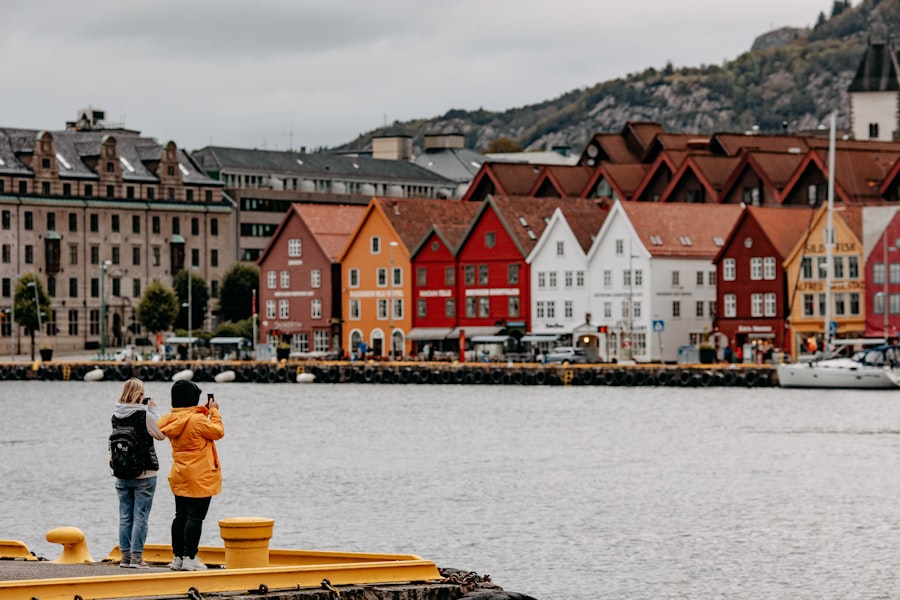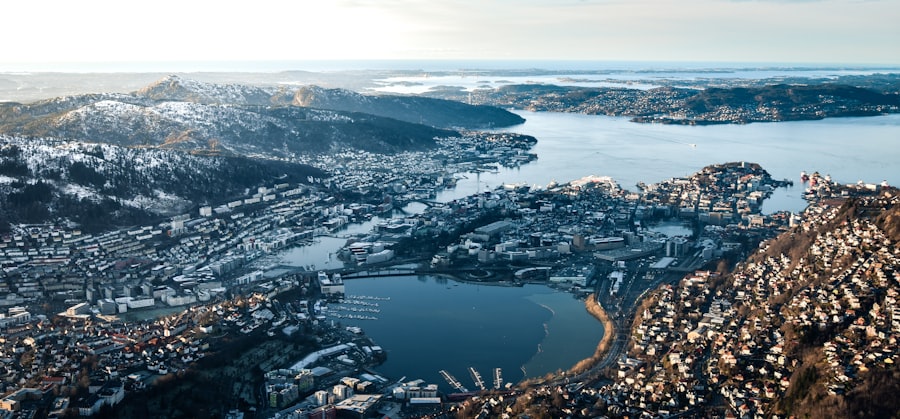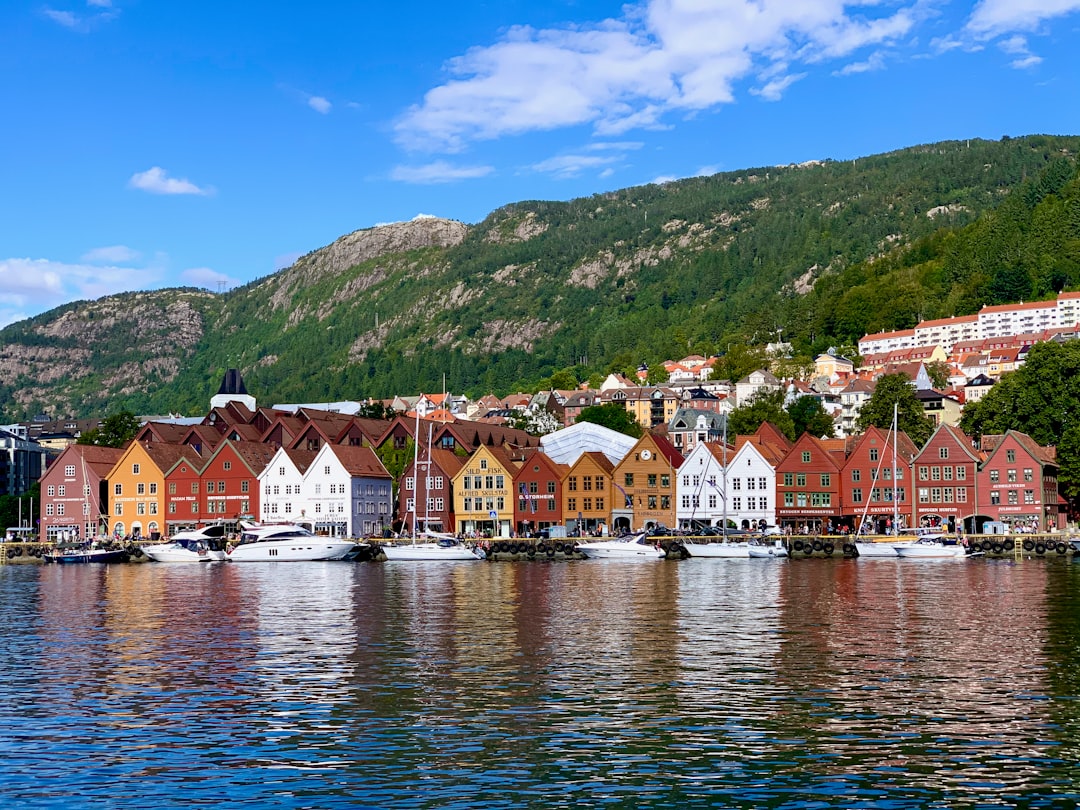Norway’s ‘Røde Dager’, or Red Days, are an integral part of the country’s cultural and social fabric. These days are designated as public holidays, marked on calendars in red ink, hence the name. They serve as a time for Norwegians to pause from their daily routines, reflect on their heritage, and engage in various celebrations.
Understanding the significance of these days is essential for anyone looking to immerse themselves in Norwegian culture, whether you are a resident or a visitor. The concept of ‘Røde Dager’ extends beyond mere days off work; it encapsulates a sense of community and shared values. These holidays often coincide with important historical events, religious observances, or seasonal changes, making them a rich tapestry of Norway’s identity.
As you delve deeper into the meaning behind these days, you will discover how they shape the rhythm of life in Norway and foster a sense of belonging among its people. Your journey to a smooth relocation starts here. Talk one-on-one with a Norway Relocation specialist and turn your plan into a reality. https://norwayrelocation.no/one-hour-strategy-session/
Summary
- ‘Røde Dager’ are public holidays in Norway, also known as ‘Red Days’, and are important for both religious and secular observances.
- Norwegians celebrate ‘Røde Dager’ with various festivities, events, and traditional cuisine, making it a vibrant and culturally significant time of the year.
- When planning a visit to Norway, it’s essential to consider the ‘Røde Dager’ as they may affect opening hours and availability of services.
- ‘Røde Dager’ hold cultural and historical significance in Norway, reflecting the country’s traditions, values, and religious heritage.
- Immersing yourself in the ‘Røde Dager’ experience as a foreigner involves observing local customs, participating in festivities, and exploring Norway’s natural beauty during this special time.
What Are the ‘Røde Dager’ and Why Are They Important in Norway?
‘Røde Dager’ are public holidays that include both secular and religious observances. Some of the most notable include New Year’s Day, Labour Day, Constitution Day, and Christmas Day. Each of these days carries its own unique significance, reflecting the values and traditions that are cherished in Norwegian society.
For instance, Constitution Day on May 17th is a celebration of Norway’s independence and democratic principles, while Christmas Day is a time for family gatherings and festive cheer. The importance of ‘Røde Dager’ lies not only in their historical context but also in their role in contemporary society. These holidays provide an opportunity for Norwegians to come together, celebrate their shared heritage, and engage in activities that strengthen community bonds.
They serve as reminders of the struggles and triumphs that have shaped the nation, allowing citizens to honour their past while looking forward to the future.
How Do Norwegians Celebrate ‘Røde Dager’?

Celebrations during ‘Røde Dager’ vary widely across the country, reflecting regional customs and traditions. For instance, on Constitution Day, children participate in parades wearing traditional bunads, showcasing Norway’s rich cultural heritage. The streets are filled with music, laughter, and a palpable sense of pride as families gather to celebrate their nation’s history.
In contrast, Labour Day is often marked by demonstrations advocating for workers’ rights, highlighting the importance of social justice in Norwegian society. Food plays a significant role in these celebrations as well. Traditional dishes are often prepared and shared among family and friends during these holidays.
From sumptuous feasts on Christmas Day to festive cakes on Constitution Day, the culinary aspect of ‘Røde Dager’ adds another layer of enjoyment to the festivities. Norwegians take great pride in their culinary heritage, and these holidays provide an opportunity to showcase regional specialities and family recipes.
Planning Your Visit Around ‘Røde Dager’ in Norway
If you are considering a visit to Norway, planning your trip around ‘Røde Dager’ can enhance your experience significantly. These holidays offer unique insights into Norwegian culture and provide opportunities to participate in local festivities. However, it is essential to be aware of the specific dates and customs associated with each holiday to make the most of your visit.
For instance, if you plan to visit during Constitution Day on May 17th, be prepared for vibrant parades and public celebrations throughout the country. Many towns and cities host events that attract both locals and tourists alike. On the other hand, if you visit during Christmas, you can experience the enchanting atmosphere of festive markets and traditional celebrations that take place across Norway.
By aligning your travel plans with these significant dates, you can immerse yourself in the heart of Norwegian culture.
Cultural and Historical Significance of ‘Røde Dager’ in Norway
The cultural and historical significance of ‘Røde Dager’ cannot be overstated. Each holiday is steeped in history, reflecting pivotal moments that have shaped Norway’s identity. For example, Labour Day commemorates the achievements of workers’ movements and highlights the importance of social equity in Norwegian society.
Similarly, Constitution Day celebrates the adoption of Norway’s constitution in 1814, marking a crucial step towards independence from foreign rule. These holidays serve as reminders of Norway’s journey through history, allowing citizens to reflect on their past while celebrating their present. They foster a sense of national pride and unity among Norwegians, reinforcing shared values and collective memory.
Understanding this historical context enriches your appreciation for the celebrations and provides deeper insights into what it means to be Norwegian.
Exploring Traditional Norwegian Cuisine During ‘Røde Dager’

Food is an essential aspect of any celebration, and ‘Røde Dager’ are no exception. Traditional Norwegian cuisine comes alive during these holidays, with families preparing special dishes that have been passed down through generations. For instance, on Christmas Day, it is common to enjoy ribbe (pork ribs) or pinnekjøtt (dried lamb ribs), accompanied by an array of side dishes that showcase seasonal ingredients.
During Constitution Day celebrations, sweet treats such as kransekake (a ring cake made from almond paste) are often served at gatherings. These culinary delights not only tantalise the taste buds but also tell stories about Norway’s agricultural heritage and regional diversity. Exploring traditional cuisine during ‘Røde Dager’ offers a delicious way to connect with Norwegian culture and understand its historical roots.
Participating in Festivities and Events During ‘Røde Dager’
Participating in local festivities during ‘Røde Dager’ is one of the best ways to experience Norwegian culture firsthand. Each holiday presents unique opportunities for engagement, whether through parades, concerts, or community gatherings. For example, on May 17th, you can join locals in vibrant parades filled with music and traditional costumes, creating an atmosphere of joy and celebration.
In addition to parades, many towns host various events such as fairs or cultural exhibitions that showcase local artisans and performers. Engaging with these activities allows you to connect with Norwegians on a personal level while gaining insights into their customs and traditions. Whether you are dancing at a midsummer festival or enjoying a Christmas market, participating in these events will leave you with lasting memories of your time in Norway.
Etiquette and Customs to Observe During ‘Røde Dager’ in Norway
When celebrating ‘Røde Dager’ in Norway, it is essential to observe local etiquette and customs to show respect for the culture. For instance, during Constitution Day celebrations, it is customary to dress in traditional attire if you have access to a bunad or similar clothing. This gesture demonstrates appreciation for Norwegian heritage and allows you to blend seamlessly into the festivities.
Additionally, understanding the significance of each holiday will help you navigate social interactions more effectively. For example, during Christmas gatherings, it is polite to bring a small gift or treat for your hosts as a token of appreciation. Being mindful of these customs will enhance your experience and foster positive connections with locals during your visit.
Understanding the Religious and Secular Observances of ‘Røde Dager’
Norway’s ‘Røde Dager’ encompass both religious and secular observances that reflect the country’s diverse cultural landscape. While some holidays have deep religious roots—such as Easter and Christmas—others are more secular in nature, like Labour Day or Constitution Day. This blend of observances highlights Norway’s commitment to inclusivity while honouring its historical traditions.
Understanding this duality is crucial for anyone looking to engage with Norwegian culture meaningfully. It allows visitors to appreciate the significance behind each holiday while recognising the varying beliefs that coexist within society. Whether attending a church service during Christmas or participating in a secular parade on May 17th, being aware of these distinctions will enrich your experience.
Exploring the Natural Beauty of Norway During ‘Røde Dager’
One of the most captivating aspects of visiting Norway during ‘Røde Dager’ is the opportunity to explore its stunning natural landscapes. The timing of these holidays often coincides with seasonal changes that showcase Norway’s breathtaking beauty. For instance, summer holidays allow visitors to enjoy long daylight hours perfect for hiking or exploring fjords.
In winter, Christmas festivities take place against a backdrop of snow-covered mountains and twinkling lights that create a magical atmosphere. Whether you choose to ski down slopes or take leisurely walks through picturesque towns adorned with festive decorations, immersing yourself in Norway’s natural beauty during these holidays adds another layer of enjoyment to your experience.
Tips for Immersing Yourself in the ‘Røde Dager’ Experience as a Foreigner
To fully immerse yourself in the ‘Røde Dager’ experience as a foreigner, consider seeking assistance from local organisations such as the Norway Relocation Group. They can provide valuable insights into local customs and help you navigate any challenges you may encounter during your stay. Their expertise can ensure that you make the most out of your time in Norway while respecting cultural nuances.
Additionally, enrolling in Norwegian courses at institutions like the NLS Norwegian Language School in Oslo can significantly enhance your experience during ‘Røde Dager’. Learning the language not only facilitates communication but also deepens your understanding of cultural references associated with each holiday. By combining language skills with participation in local festivities, you will create lasting memories while forging meaningful connections within Norwegian society.
In conclusion, embracing Norway’s ‘Røde Dager’ offers an enriching experience filled with cultural insights, culinary delights, and opportunities for connection. By understanding their significance and engaging with local customs, you can create unforgettable memories while celebrating alongside Norwegians during these special occasions.
Register for a Norwegian class at the NLS Norwegian Language School now!

